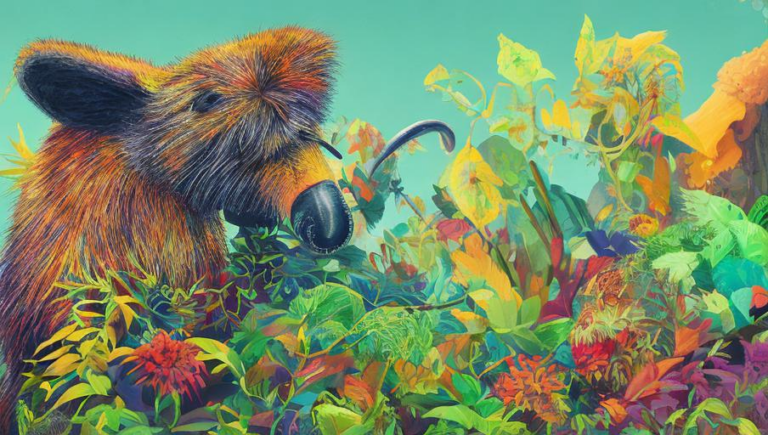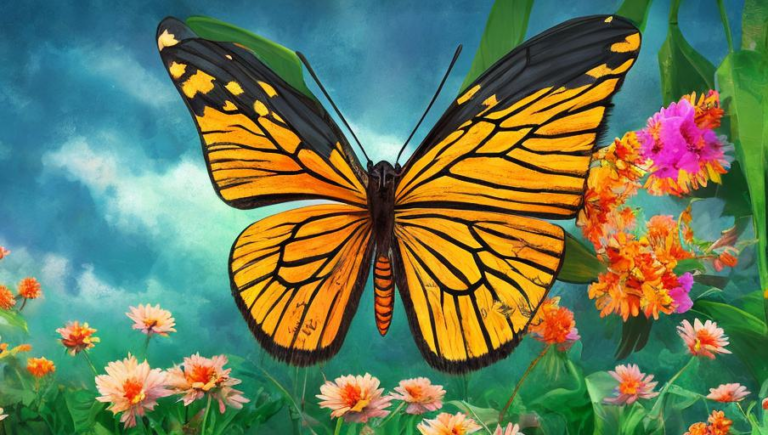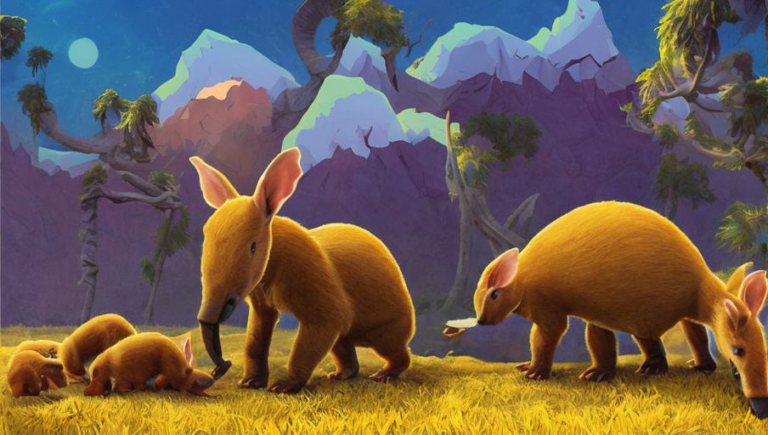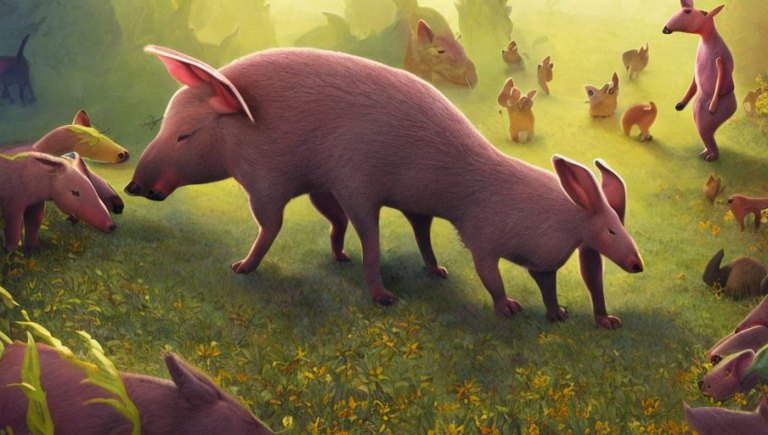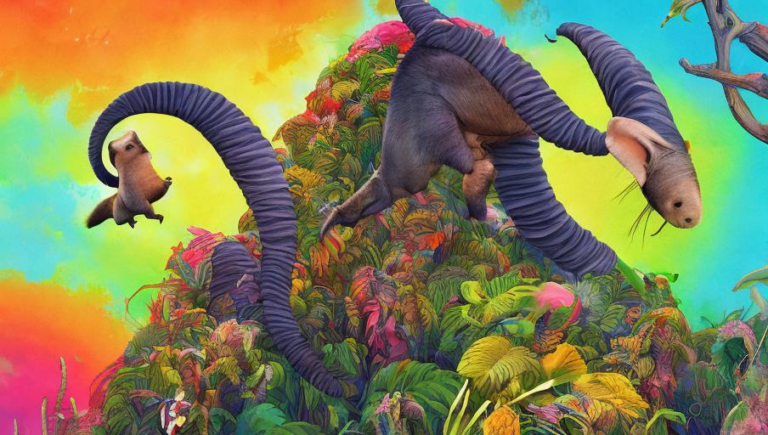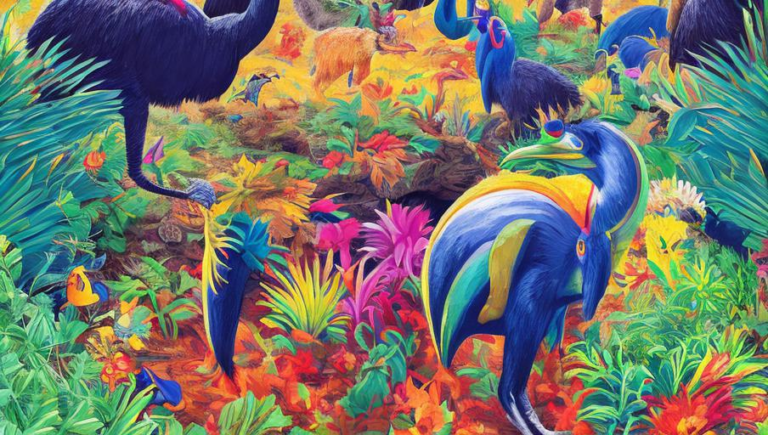A Study of Duck Predators and Their Protective Strategies
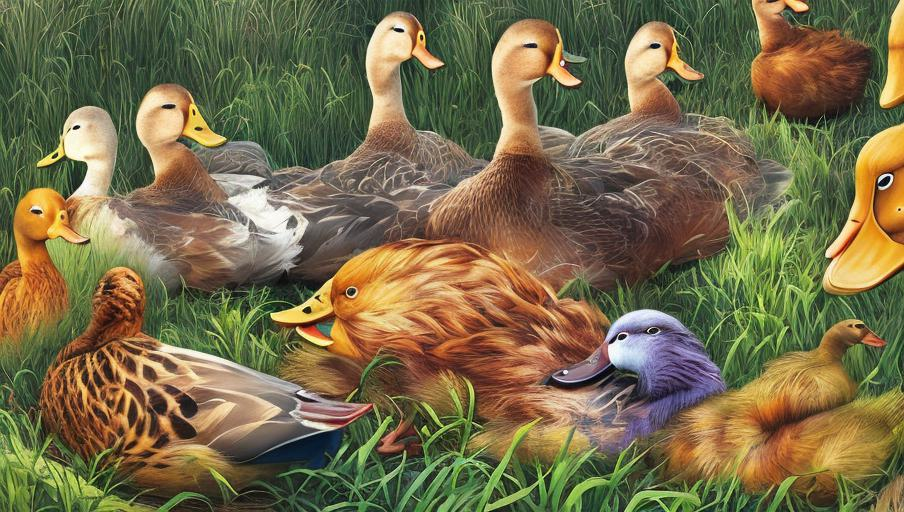
Introduction
Ducks are a popular species of waterfowl, considered to be a vital part of the ecosystem. They provide food for a variety of creatures, from fish to other birds. As such, they are also a target of many predators. In order to protect themselves from predators, ducks have a variety of strategies they can employ. This article will explore the predators of ducks and the protective strategies they use.
Predators of Ducks
Ducks have a variety of predators that make a living by preying on them. In some areas, such as North America, the most common predators of ducks are mammals, such as coyotes, foxes, and raccoons. In other areas, such as Europe, birds of prey, such as hawks and eagles, are the primary predators. Other predators include snakes, lizards, and even fish.
Protective Strategies
In order to protect themselves from predators, ducks employ a variety of strategies. The most common strategies are flight, camouflage, and groups. Ducks are able to fly quickly, making it difficult for predators to catch them. They also have the ability to blend into their environments, making them difficult to spot by predators. Finally, ducks often travel in groups, making it difficult for predators to single out a single duck.
Diving Behavior
Ducks also have an interesting behavior known as diving. When they sense danger, they will dive underwater, making them difficult to spot. This diving behavior also allows them to hide from predators, as they blend in with their aquatic environment. Additionally, diving can provide them with food, as they can catch fish and other aquatic creatures.
Conclusion
Ducks are a species of waterfowl that are preyed on by a variety of predators. To protect themselves, they employ a variety of strategies, including flight, camouflage, and groups. Additionally, they also have the ability to dive underwater, making it difficult for predators to spot them. Understanding the predators of ducks and their protective strategies is an important part of protecting these creatures and helping preserve their habitats.
